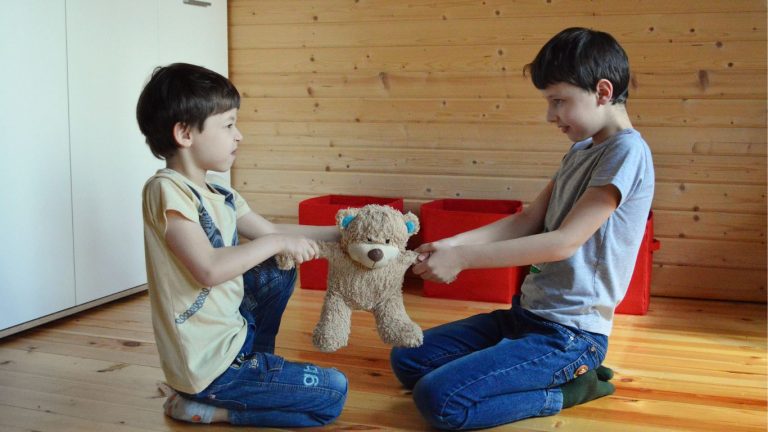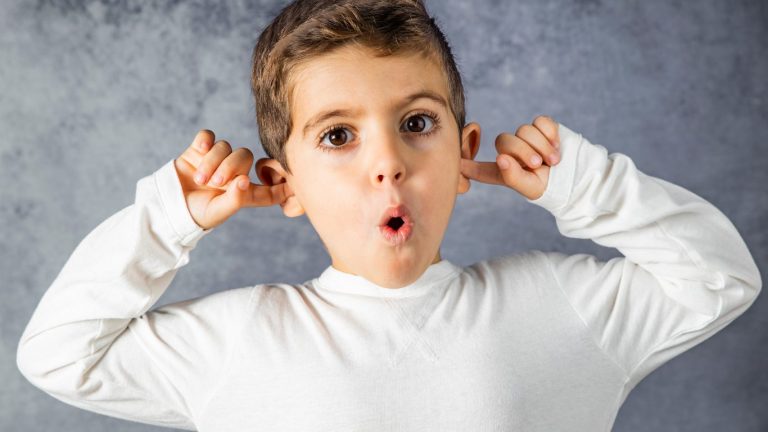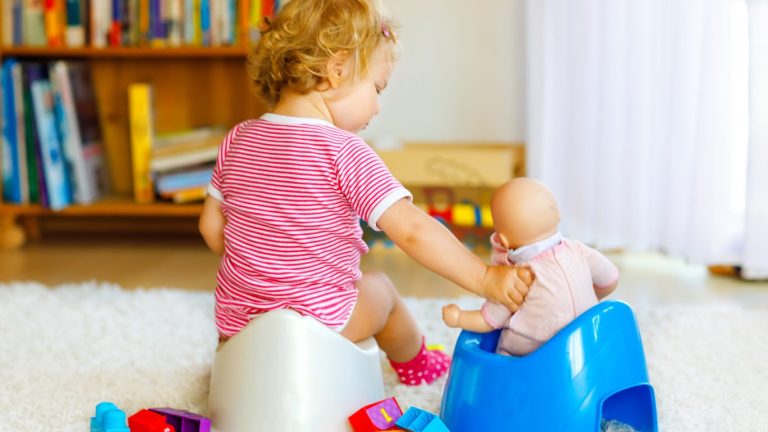In my last blog, we disovered why books are important for children and how you can inspire a love of reading for your child. In this blog, I thought it would be helpful to look specifically at what books are appropriate for different age groups and what you want to look out for.
Books and learning from birth to one year
While in those first few weeks it may seem tricky to fit in some stories between feeding and nappies, reading books from birth starts off a good habit for both of you and may be quite relaxing. I read “Guess how much I love you” by Sam McBratney to both my children from birth and it became a firm favourite and frequently requested book for many years to come.
At first your baby will mostly enjoy the rhythm and sounds of your voice. Later they will want to grab at the book and will start to notice pictures.
In the first few months read books to your baby that have lots of rhythm or a sing-song style. This is when the classic nursery rhymes can be a hit.
Babies learn through their senses so look at cloth or material books, textured books and books that can be safely ‘mouthed’ as baby will be bound to do. When baby is having tummy time you can prop up some books so your baby can see the pictures while playing. A material book is a great thing to have in the pram or car seat.
As babies get closer to one, they are fascinated with other babies so look out for books with pictures of other babies. Real photos are best. Babies will also enjoy books with common objects in their lives such as cats, cars, food and toys.
Books for one to three
Your child will be starting to become more interactive with books, pointing out pictures, asking questions and joining in with telling the story.
From one to two, look for books with lift the flaps or pop ups. Although you will be teaching your child to be gentle with books don’t stress to much if the flap is torn by an enthusiastic toddler who can’t wait to see what’s underneath. A dog eared book is a book that has been read, loved and learned from.
Toddlers love books with repetition such as the Hairy Maclary series where phrases are repeated often. Many parents can fill in the gap of “out of the gate and off for a walk…….” due to children’s natural need and love of repetition. Children like to be able to join in by adding the word at the end or even saying the whole phrase. While for us the 10th rendition of Old MacDonald’s farm for the day may be slightly monotonous so much learning occurs through repetition. This includes predicting what is going to happen next, learning about sequence and starting to recognise letters or words from memory.
Children of this age want books that reflect what is happening in their lives. This includes books with a humorous side of tantrums, pottying and bed time battles are popular. Look for books such as “I want my potty” by Tony Ross. Children also love to have their own name put in the story, or the names of friends, family, or pets.
All children benefit from having books that show their family and culture. Thankfully it is getting easier to find books with different cultures and also different family make ups such as foster families, single parent families or children being raised by Grandparents.
Books for three to five
This is the age when a Child’s sense of humour really begins to develop. They love a story with a funny twist or one that is even a bit scary. Imagination is also developing so fantasy stories become more popular. You may also start to see a gender difference with girls wanting books that feature female characters and unicorns and princesses, while boys may want Thomas the tank engine or pirates. Provide a wide range of choice and go with your child’s direction.
Non fiction books start to hold more interests. Follow your child’s interest whether this is dinosaurs, zoo animals, or trucks, and look for non fiction books on these subjects.
Finding books linking in with their favourite television programme, such as Dora, can be a way to encourage a reluctant reader. Other ideas include using photos from a family outing or special event to make your own book. My five year old adores reading her own baby record book and hearing about her baby days.
Preschoolers may like to act out stories from their books including dressing up. This brings books alive and should be actively encouraged.
Reading isn’t just about books. Look at street signs, recipes, maps or even email from Grandparents. There are opportunities to read everywhere.
Some books preschoolers may keep asking for again and again are “Where the wild things are” by Maurice Sendak, “The Gruffalo” by Julie Donaldson or books from the Dr Seuss series to name but a few.
PS If you need ideas about great ideas for books for your children, check out the Kiwi Families book reviews and gift ideas.






Another excellent blog from Jacqueline Taylor!!
Wendy